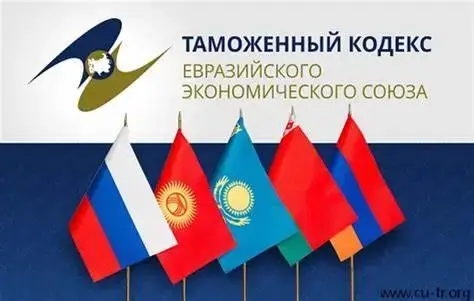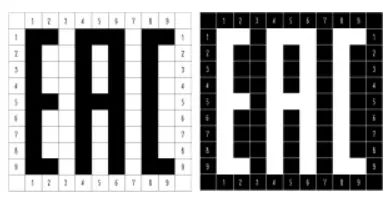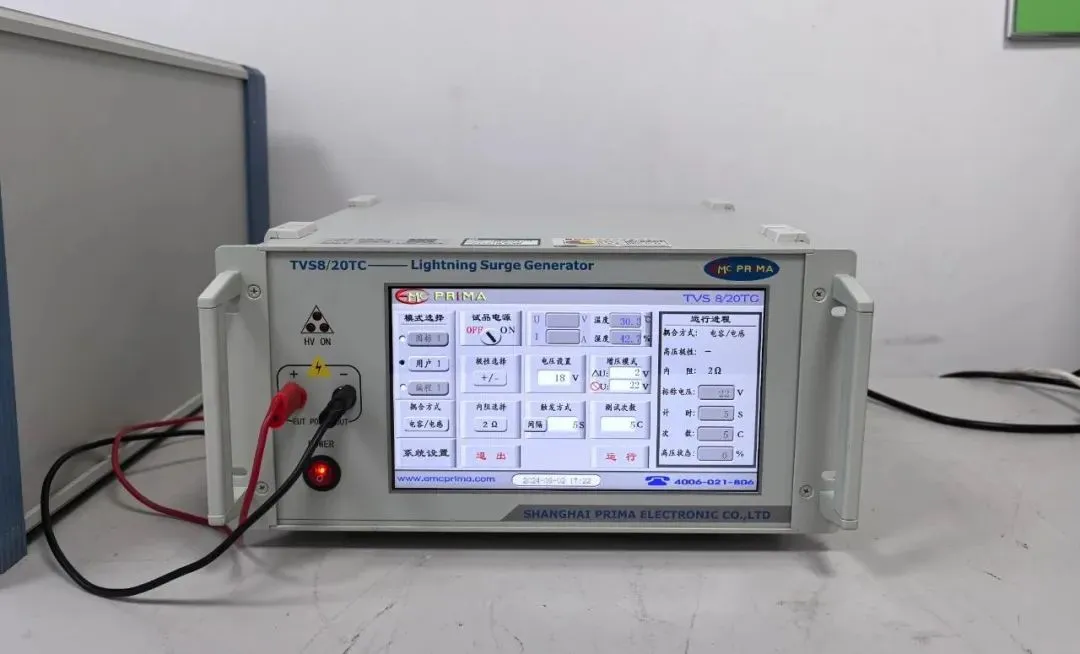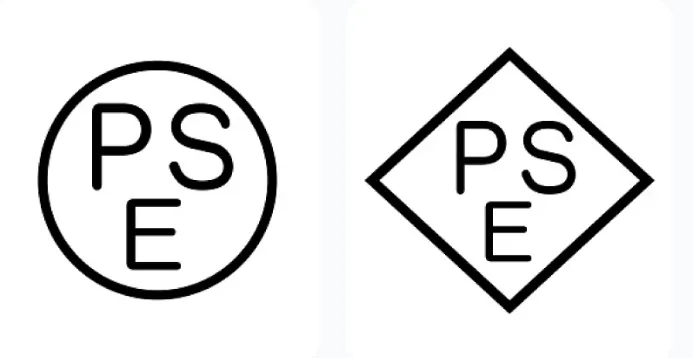
What is the EAC certification?
The Eurasian EconoMIC Union (EAEU) is an international organization for regional economic integration, established in 2015 by Russia, Belarus, Kazakhstan, Kyrgyzstan, and Armenia under the Treaty on the Eurasian Economic Union. Its pREDecessor can be traced back to the Customs Union formed in 2010 by Russia, Belarus, and Kazakhstan. The member states of the Eurasian Economic Union constitute an internal market and adhere to a customs union certification system externally.
The main permanent institution of the Eurasian Economic Union (EAEU) is the Eurasian Economic Commission (EEC), which is responsible for issuing unified technical regULations and implementing corresponding certification procedures.

All products entering the Eurasian Economic Union must undergo certification procedures to comply with technical regulations, known as TR-CU (CU-TR) certification. This process is symbolized by the "EAC" mark, consisting of the initials for Eurasian Conformity, hence commonly referred to as eac certification.
Is EAC Certification Mandatory?
EAC certification can be understood as a unified mandatory certification within the Customs Union. Before the establishment of the Customs Union, Russia, Belarus, and Kazakhstan each had their own independent certification systems managed by their national standardization bodies, known in Russian as GOST. Therefore, the predecessor of EAC certification was the GOST certification in each country: GOST-R for Russia, GOST-B for Belarus, and GOST-K for Kazakhstan.
After the implementation of the unified certification system, trade and exchanges between these countries were facilitated. Once a product is certified with EAC in one country, it is recognized by all three countries.
What are the Modes of EAC Certification?
The Technical Regulations (TR) provide two modes of certification:
1. Certificate of Conformity (CoC): Issued by a certification body, this mode requires an audit of the production quality system (factory audit).
2. Declaration of Conformity (DoC): This mode involves the certification body reviewing documents, followed by the applicant signing the declaration of conformity (now replaced by applicant registration).
Notes:
1) Certification bodies refer to the bodies in each EAEU member state, and certificates issued by these bodies are recognized nationally within each member state.
2) Information on certificates issued under both modes can be found on the EAEU website.
3) According to regulations, holders of CoC and DoC certificates (applicants) must be legal entities or companies within the Eurasian Economic Union. (JJR Laboratory in China can provide applicant services.)
Types of eac certificates:
1. Single Shipment Certificate: Applicable to a single order contract, requires submission of supply contracts, invoices (packing lists) signed with Eurasian Economic Union countries. The certificate is issued based on the quantity specified in the contract invoice (packing list) and is valid for 5 years.
2. One-year, Three-year, Five-year Certificates: Allows multiple exports within the validity period without quantity restrictions specified in the contract. The certificate validity matches its term.
What is the EAC Certification Process?
1. Complete application form, confirm product details such as name, model, customs code, etc.
2. Determine certification type based on product information and customs code.
3. Prepare technical documentation, including safety justifications, technical passports, etc.
4. Arrange sample testing or factory system audit (if required).
5. Submit documentation to the certification body.
6. Assist in addressing feedback from the certification body.
7. Draft certificate issuance, assist client in confirmation.
8. Issue final certificate upon confirmation of accuracy.
9. Affix EAC mark on the product, provide certified copy for customs clearance.
EAC Logo Vector Image
The logo can be depicted in black or white depending on the base color of the nameplate, with a minimum size specified by the manufacturer’s usage specifications, not less than 5mm in basic dimensions.

Which products require EAC certification?
According to the requirements of the Eurasian Economic Union's EAC certification, different products need to undergo conformity assessment according to regulatory requirements. If a product complies with multiple directives simultaneously, it must meet all directives to obtain a Certificate of Conformity.
№ | Regulation No. | Standard name | effective date |
1 | ТР ТС 001/2011 | О безопасности железнодорожного подвижного состава | 2014.8.1 |
2 | ТР ТС 002/2011 | О безопасности высокоскоростного железнодорожного транспорта | 2014.8.1 |
3 | ТР ТС 003/2011 | О безопасности инфраструктуры железнодорожного транспорта | 2014.8.1 |
4 | ТР ТС 004/2011 | О безопасности низковольтного оборудования | 2013.2.15 |
5 | ТР ТС 005/2011 | О безопасности упаковки | 2012.7.1 |
6 | ТР ТС 006/2011 | О безопасности пиротехнических изделий | 2012.2.15 |
7 | ТР ТС 007/2011 | О безопасности продукции, предназначенной для детей и подростков | 2012.7.1 |
8 | ТР ТС 008/2011 | О безопасности игрушек | 2012.7.1 |
9 | ТР ТС 009/2011 | О безопасности парфюмерно-косметической продукции | 2012.7.1 |
10 | ТР ТС 010/2011 | О безопасности машин и оборудования | 2013.2.15 |
11 | ТР ТС 011/2011 | Безопасность лифтов | 2013.4.18 |
12 | ТР ТС 012/2011 | О безопасности оборудования для работы во взрывоопасных средах | 2013.2.15 |
13 | ТР ТС 013/2011 | О требованиях к автомобильному и авиационному бензину, дизельному и судовому топливу, топливу для реактивных двигателей и мазуту | 2012.12.31 |
14 | ТР ТС 014/2011 | О безопасности автомобильных дорог | 2015.2.15 |
15 | ТР ТС 015/2011 | О безопасности зерна | 2013.7.1 |
16 | ТР ТС 016/2011 | О безопасности аппаратов, работающих на газообразном топливе | 2013.2.15 |
17 | ТР ТС 017/2011 | О безопасности продукции легкой промышленности | 2012.7.1 |
18 | ТР ТС 018/2011 | О безопасности колесных транспортных средств | 2015.1.1 |
19 | ТР ТС 019/2011 | О безопасности средств индивидуальной защиты | 2012.6.1 |
20 | ТР ТС 020/2011 | Электромагнитная совместимость технических средст | 2013.2.15 |
21 | ТР ТС 021/2011 | О безопасности пищевой продукции | 2013.7.1 |
22 | ТР ТС 022/2011 | Пищевая продукция в части ее маркировки | 2013.7.1 |
23 | ТР ТС 023/2011 | Технический регламент на соковую продукцию из фруктов и овощей | 2013.7.1 |
24 | ТР ТС 024/2011 | Технический регламент на масложировую продукцию | 2013.7.1 |
25 | ТР ТС 025/2011 | О безопасности мебельной продукции | 2014.7.1 |
26 | ТР ТС 026/2011 | О безопасности маломерных судов | 2014.2.1 |
27 | ТР ТС 027/2011 | О безопасности отдельных видов специализированной пищевой продукции, в том числе диетического лечебного и диетического профилактического питания | 2013.7.1 |
28 | ТР ТС 028/2011 | О безопасности взрывчатых веществ и изделий на их основе | 2017.1.1 |
29 | ТР ТС 029/2011 | Требования безопасности пищевых добавок, ароматизаторов и технологических вспомогательных средств | 2013.7.1 |
30 | ТР ТС 0302011 | О требованиях к смазочным материалам, маслам и специальным жидкостям | 2014.3.1 |
31 | ТР ТС 031/2011 | О безопасности сельскохозяйственных и лесохозяйственных тракторов и прицепов к ним | 2015.2.15 |
32 | TP TC 032/2013 | О безопасности оборудования, работающего под избыточным давлением | 2014.2.1 |
33 | TP TC 033/2013 | О безопасности молока и молочной продукции | 2014.1.5 |
34 | TP TC 034/2013 | О безопасности мяса и мясной продукции | 2014.1.5 |
35 | ТР ТС 035/2014 | Технический регламент на табачную продукцию | 2016.5.15 |
36 | ТР ЕАЭС 036/2014 | Требования к сжиженным углеводородным газам для использования их в качестве топлива | 2018.1.1 |
37 | ТР ЕАЭС 037/2016 | Об ограничении применения опасных веществ в изделиях электротехники и радиоэлектроники | 2018.3.1 |
38 | ТР ЕАЭС 038/2016 | О безопасности аттракционов | 2018.4.18 |
39 | ТР ЕАЭС 039/2016 | О требованиях к минеральным удобрениям | |
40 | ТР ЕАЭС 040/2016 | О безопасности рыбы и рыбной продукции | 2017.9.1 |
41 | ТР ЕАЭС 041/2017 | О безопасности химической продукции | 2021.6.2 |
42 | ТР ЕАЭС 042/2017 | о безопасности оборудования для детских площадок | 2018.11.18 |
43 | ТР ЕАЭС 043/2017 | О требованиях к средствам обеспечения пожарной безопасности и пожаротушения | 2020.1.1 |
44 | ТР ЕАЭС 044/2017 | О безопасности упакованной питьевой воды, включая природную минеральную воду | 2019.1.1 |
45 | ТР ЕАЭС 045/2017 | О безопасности нефти, подготовленной к транспортировке и (или) использованию | 2019.7.1 |
46 | ТР ЕАЭС 046/2018 | О безопасности газа горючего природного, подготовленного к транспортированию и (или) использованию | 2022.1.1 |
47 | ТР ЕАЭС 047/2018 | О безопасности алкогольной продукции | 2021.1.1 |
48 | ТР ЕАЭС 048/2019 | О требованиях к энергетической эффективности энергопотребляющих устройств | - |
49 | ТР ЕАЭС 049/2020 | О требованиях к магистральным трубопроводам для транспортирования жидких и газообразных углеводородов | - |
50 | ТР ЕАЭС 050/2021 | О безопасности продукции, предназначенной для гражданской обороны и защиты от чрезвычайных ситуаций природного и техногенного характера | - |
51 | ТР ЕАЭС 051/2021 | О безопасности мяса птицы и продукции его переработки | - |
52 | ТР ЕАЭС 052/2021 | О безопасности подвижного состава метрополитена | - |
Note: "-" indicates that the official implementation date has not yet been announced.
Other Considerations:
1. For products not covered by technical regulations, entry into EAEU countries requires compliance with each country's respective certification requirements, such as GOST-K certification in Kazakhstan.
2. Products outside the scope of EAC and GOST certifications may consider applying for exemption certificates, issued by registered certification bodies, to facilitate customs clearance.
3. Measuring instruments entering EAEU countries must meet the respective metrological certification requirements of each member state, in addition to complying with TR technical regulations. Currently, metrological regulations among EAEU countries are not mutually recognized.
4. According to Decision No. 130 of the Eurasian Economic Commission Council dated November 12, 2021 (Решение Совета ЕЭК от 12.11.2021 № 130), starting from January 30, 2022, products imported into EAEU countries (Russia, Kazakhstan, Belarus, Kyrgyzstan, and Armenia) within the scope of EAC certification must be accompanied by a copy of the EAC-COC or EAC-DOC certificate signed and stamped by the applicant (as listed on the EAC certificate), with "Copy valid" handwritten. Importers should also obtain a Power of Attorney (POA) from the applicant before using the EAC certificate, if required by customs.
Email:hello@jjrlab.com
Write your message here and send it to us
 Canadian Rug Flammability Testing
Canadian Rug Flammability Testing
 Toy Flammability Test Compliance Certification
Toy Flammability Test Compliance Certification
 ISO 17025 Accredited Test Laboratory
ISO 17025 Accredited Test Laboratory
 What is Amazon California Proposition 65?
What is Amazon California Proposition 65?
 New METI Registration Regulations in Japan
New METI Registration Regulations in Japan
 Attention for Amazon Japan Sellers: New PSE Regula
Attention for Amazon Japan Sellers: New PSE Regula
 Compliance with Japanese Representative & METI
Compliance with Japanese Representative & METI
 ZigBee-LoRa-Z-Wave Product compliance testing
ZigBee-LoRa-Z-Wave Product compliance testing
Leave us a message
24-hour online customer service at any time to respond, so that you worry!




